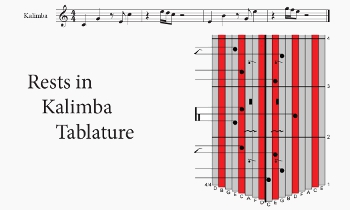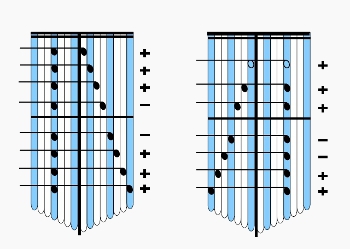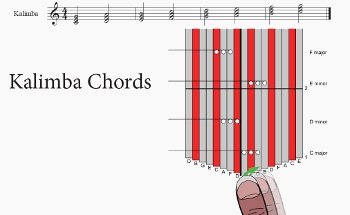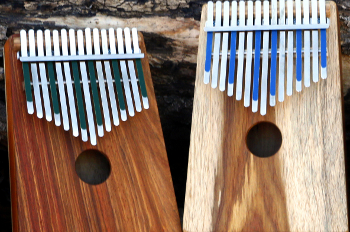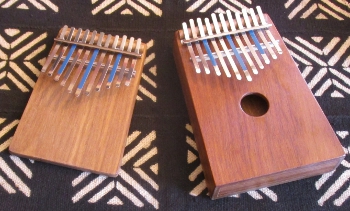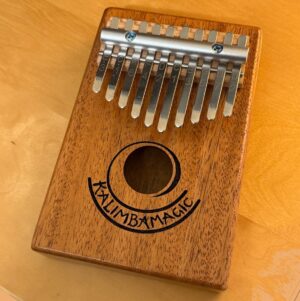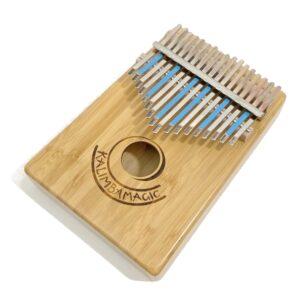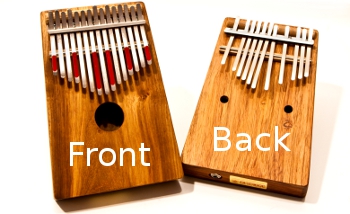
Hugh Tracey Box Alto Chromatic Kalimba is Back in Stock
We’ll have 72 of our most popular chromatic kalimba model available again very soon! Pre-order your box alto chromatic kalimba today for shipment by July 15 2019 It’s time to celebrate! On July 4 we Americans celebrate Independence Day. (Although I would actually rather be celebrating Interdependence Day – because the one truth that I have learned about the world economy is that we are all in this together.) I celebrate in this article with a short video of the patriotic American song “Stars and Stripes Forever” played on the Alto Chromatic Kalimba. And there is another reason to celebrate: the Box Alto Chromatic Kalimba will be back in stock


